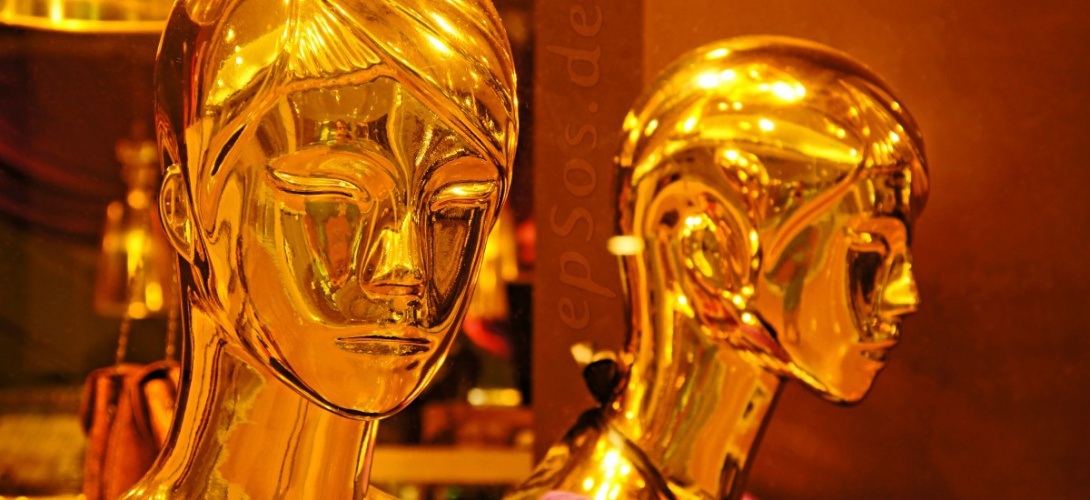A computer program was able to do a scientific exchange by chatting with human judges pretending to be a 13 year old boy test. Hence it was for the first time a computer program was able to pass the Alan Turing Test. This test measures the ability of machines to think as human.
This is indeed a remarkable milestone as far as the history of computer science and artificial intelligence is concerned. For the first time, a computer program was able to fool researchers by posing as a 13 year old boy named Eugene Goostman. By doing this, it has passed the famous Famous Alan Turing test which was devised in 1950 by the famous British mathematician to measure the ability of a machine to “think.” The test consists of deceiving at least 30% of human judges in 5 minutes time by text exchanges. Until today, no machine was ever able to pass this test.
This chat software Eugene Goostman was the brainchild of Russian Computer scientists. This test was held at the University Of reading in UK. The chat software was able to convince 33% of judges that it is a human. According to developers of the software the age of the boy was chosen as 13 years. This was done, so that judges might expect that the boy can can say anything without perfectly knowing everything. Hence, all this was to create the plausible personality of a 13 years old boy.
According to some researchers, a computer software achieving such capability is something alarming in the context of the cybercrimes. As it would mean that computer softwares will be able to deceive the people into believing something that is not true.
This test is named after the British mathematician died who died 60 years ago in 1954 and is considered by many as the father of computer science. He got a Noble Prize but was persecuted because of his homosexuality, humiliated and ultimately driven to suicide.
The test was held on Saturday, June 7 by the Royal Society and there were 5 competitor computer programs. The judges also included Lord Sharkey who was the one who led the successful campaign for the rehabilitation and pardon Alan Turing. Which was finally granted last year posthumously.
He was in fact one of the unsung heroes of the Second World War. According to historians, his scientific work had reduced the length of German war effort by more than two years. He managed to break the the formulas of Enigma encryption machine used by the German army for its secret communications.
Alan Turing created the test in 1950 that bears his name. This test is important because it measures the ability of a machine to imitate and reproduce the pattern of thought of a human which is one of the major goals of artificial intelligence.
